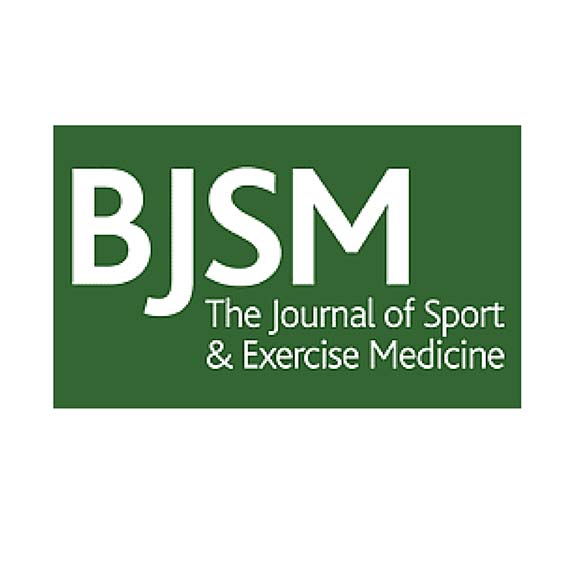
**OPEN ACCESS**Baseline clinical and MRI risk factors for hamstring reinjury showing the value of performing baseline MRI and delaying return to play: a multicentre, prospective cohort of 330 acute hamstring injuries
Abstract
Objectives Studies identifying clinical and MRI reinjury risk factors are limited by relatively small sample sizes. This study aimed to examine the association between baseline clinical and MRI findings with the incidence of hamstring reinjuries using a large multicentre dataset.
Methods We merged data from four prospective studies (three randomised controlled trials and one ongoing prospective case series) from Qatar and the Netherlands. Inclusion criteria included patients with MRI-confirmed acute hamstring injuries (<7 days). We performed multivariable modified Poisson regression analysis to assess the association of baseline clinical and MRI data with hamstring reinjury incidence within 2 months and 12 months of follow-up.
Results 330 and 308 patients were included in 2 months (31 (9%) reinjuries) and 12 months (52 (17%) reinjuries) analyses, respectively. In the 2-month analysis, the presence of discomfort during the active knee extension test was associated with reinjury risk (adjusted risk ratio (ARR) 3.38; 95% CI 1.19 to 9.64). In the 12 months analysis, the time to return to play (RTP) (ARR 0.99; 95% CI 0.97 to 1.00), straight leg raise angle on the injured leg (ARR 0.98; 95% CI 0.96 to 1.00), the presence of discomfort during active knee extension test (ARR 2.52; 95% CI 1.10 to 5.78), the extent of oedema anteroposterior on MRI (ARR 0.74; 95% CI 0.57 to 0.96) and myotendinous junction (MTJ) involvement on MRI (ARR 3.10; 95% CI 1.39 to 6.93) were independently associated with hamstring reinjury.
Conclusions Two clinical findings (the presence of discomfort during active knee extension test, lower straight leg raise angle on the injured leg), two MRI findings (less anteroposterior oedema, MTJ involvement) and shorter time to RTP were independently associated with increased hamstring reinjury risk. These findings may assist the clinician to identify patients at increased reinjury risk following acute hamstring injury.



